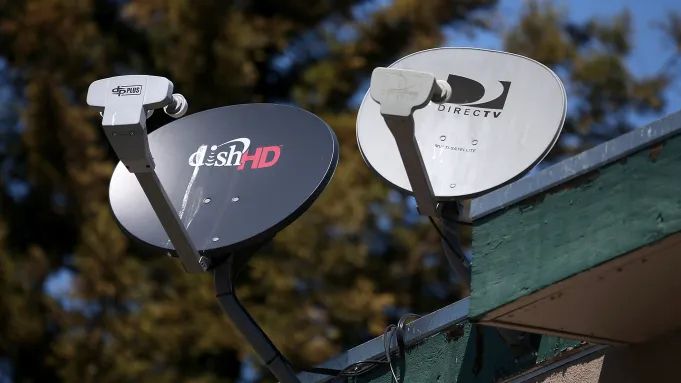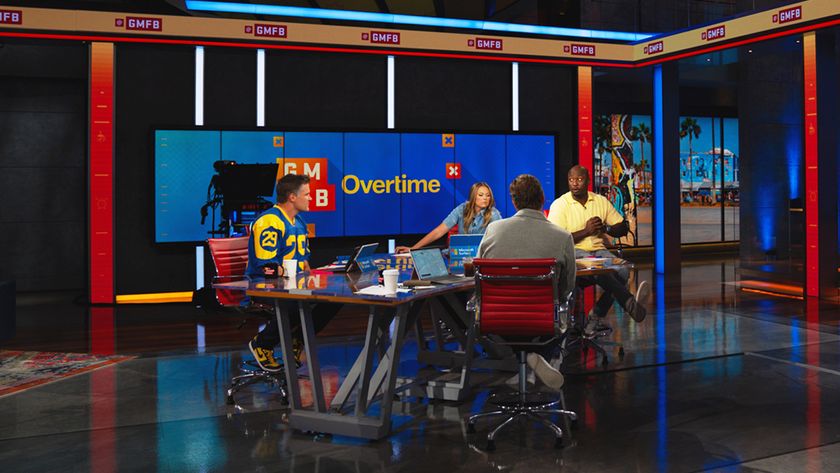Survival Tips From Unaffiliated Networks
It’s always been a hard-knock life for independent networks struggling to gain and maintain distribution. And securing carriage is getting even tougher, as bandwidth tightens, programming fiefdoms continue to wield their leverage, broadcasters collect their retransmission-consent fee and mergers of major distributors loom.
Despite those challenges, officials at networks that aren’t part of big conglomerates — many of whom will be attending the Independent Show in Kansas City this week — said there are ways for the dogged to gain an edge and thrive. Here are their survival tips:
Rev up original programming: Distributors have become more discerning about programming content and are less likely to fork over license fees, unless a network is bringing original content to their channel lineup. Promising to beef up its original programming helped arts network Ovation get relaunched this January on Time Warner Cable after being exiled for nearly a year.
“We made a commitment to them [TWC officials] to really continue to ramp up our original content, and that was important,” Brad Samuels, Ovation’s executive vice president of distribution, said.
Diversity equals distribution: Minority-owned networks have gained traction as a result of Comcast’s acquisition of NBCUniversal. As part of that transaction, the nation’s largest cable operator told federal regulators that it would launch eight new minority-owned independent networks.
So far, Comcast has debuted two African-American services, basketball legend Magic Johnson’s Aspire, rap-music impresario Sean “Diddy” Combs’ Revolt TV, and two Hispanic ones, BabyFirst Americas and El Rey Network, which is from cult movie director Robert Rodriguez.
Align with the stars: Johnson and Combs aren’t the only independent networks to have celebrities on board. Singer Jennifer Lopez is chief creative officer and partowner of NUVOtv and ex-Fox News Channel host Glenn Beck launched TheBlaze. In the case of Beck, his loyal fans from his career in radio and TV brought a following, and a demand, for TheBlaze, said Lynne Costantini, the network’s president of business development.
Multichannel Newsletter
The smarter way to stay on top of the multichannel video marketplace. Sign up below.
Distributors like the promotional boost that celebrities can give to startup networks, said Leonard Asper, CEO of Anthem Media Group, which owns Fight Network and FNTSY Sports Television Network. That’s why FNTSY enlisted NFL hall of famer Chris Doleman as its “ambassador” and executive vice president of development.
Stars such as Combs have big followings on social media, such as Twitter, to promote their channels, and can use venues such as NBC’s The Tonight Show Starring Jimmy Fallon to plug their fledgling networks, Asper said.
Stock your stable: If you have more than one network, you can save on economies of scale, spread costs over more than one programming service and perhaps gain a bit of leverage. Those are some of the reasons why NUVOtv struck a deal to acquire Fuse from the Madison Square Garden Co. for $226 million.
Or a startup independent network can jumpstart its distribution by buying an existing network and converting its carriage to its own service. That’s what Al Jazeera America did when it acquired Al Gore’s Current TV.
Pay to play: With channel space so scarce, some distributors are asking programmers to pay them to secure a berth on their channel lineups rather than them paying license fees to carry a service. DirecTV is launching new independent networks Newsmax TV and Back- 9Network, which several sources said are paying hefty fees to get a slot on the nation’s largest DBS provider.
Pity those networks who decide not to ante up. INSP, the family network, has remained off DirecTV’s lineup since March, after apparently opting to stop paying for carriage. INSP declined to comment.
Over the years, it’s been common for new networks to allow cable companies and satellite TV providers to carry them for free for an initial time span. But now some distributors want those freebies to last for longer periods, some network officials said.
Be everywhere on TV Everywhere: Making your programming available to be authenticated and available on TV Everywhere platforms — from WiFi hot spots to smartphones to laptops to tablets — has become a crucial element of carriage talks, said Jennifer Dangar, The Weather Co.’s president of distribution and business development.
“We are updating our forecasts in a real-time, regular and highly localized fashion so that we can provide weather data and alerting no matter what screen you’re on,” she said.
Go global: Independent programmers who choose genres that have appeal internationally, like certain sports, can launch networks around the world, Anthem’s Asper said. That means a network is less dependent on license fees from American distributors.
“I’m only doing things that I know are going to be as much interest in China or England as much as they’re going to be of interest in the U.S,” Asper said, whose Fight Network is in 30 countries.
“TV is fixed costs,” he said. “Once you’ve made the product and amortized the cost over a global audience, and not just a U.S. audience, you can afford to have a smaller share of any one market because it all adds up to a much larger revenue stream.”
Own your content: Officials at The Weather Channel and Ovation said it’s imperative to own your programming. A network needs to hold those rights in order to provide original content for the new digital platforms, and content “to populate on-demand and TVE and all that,” Samuels said.
Target endemic advertising: Some national advertisers won’t buy spots on a network unless it reaches at least 40 million subscribers, Asper said. So a start-up independent network should think about the potential endemic advertisers it will appeal to, not just national sponsors.
“A key is to have a content genre that’s going to be supported by the industry [it’s about],” Asper said. “The channel has to have a large endemic base that’s willing to support it because they know it has a community of passionate users of their product.”


















